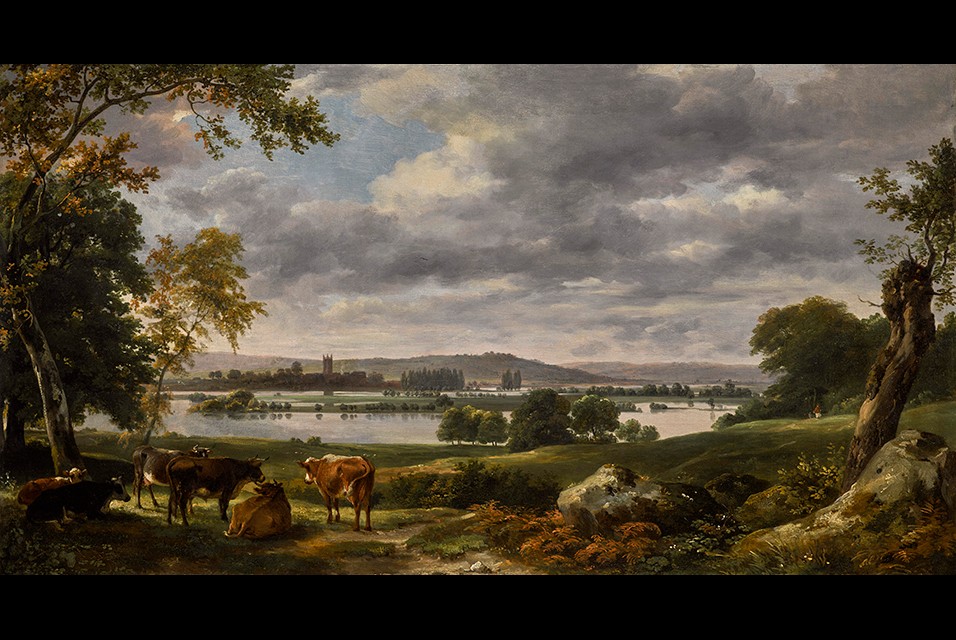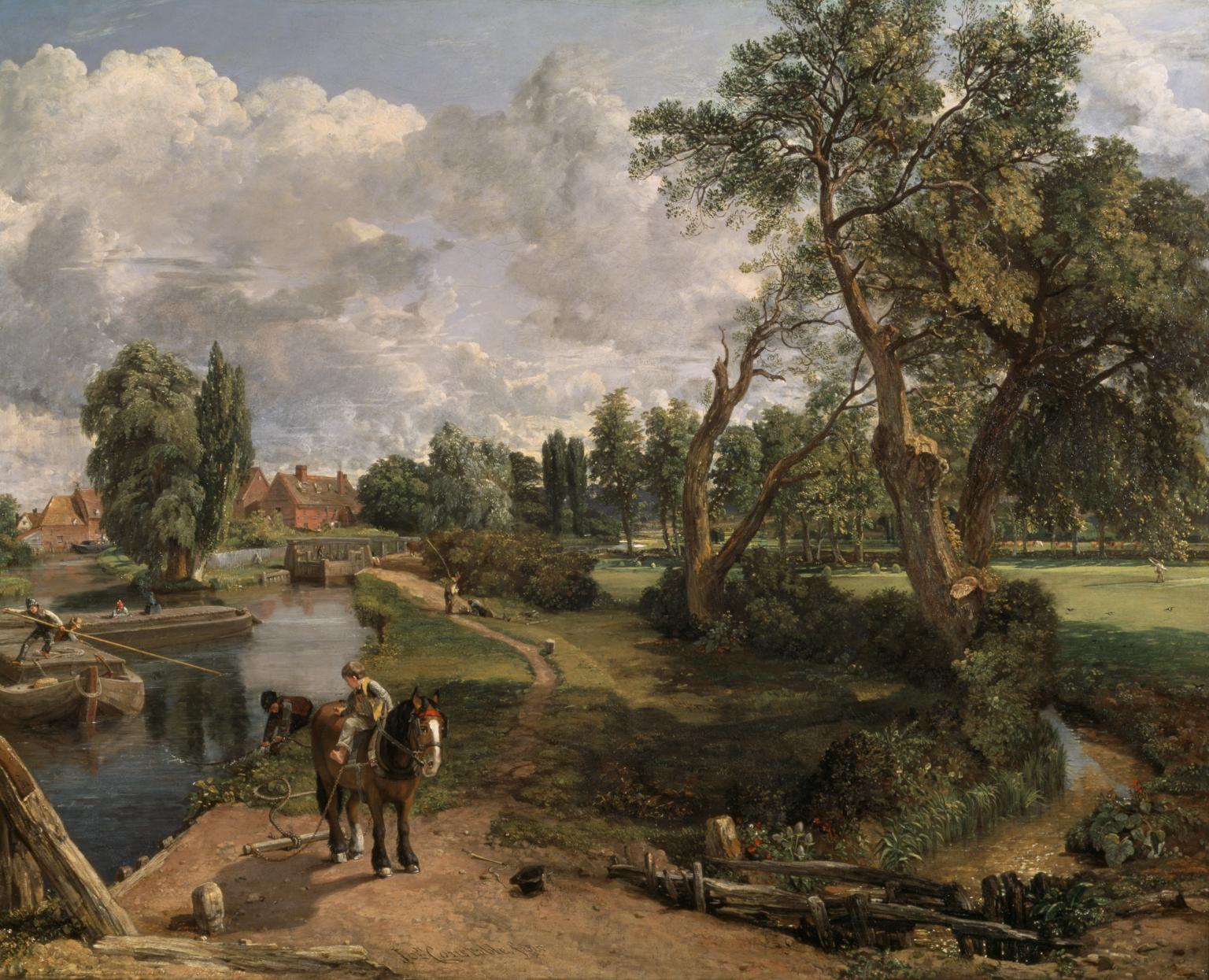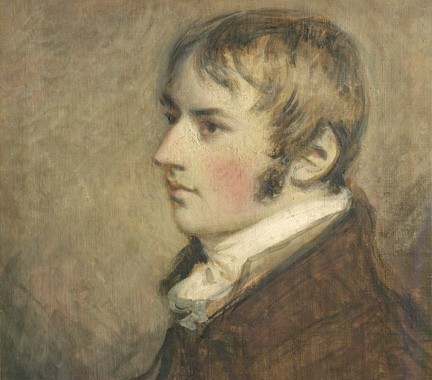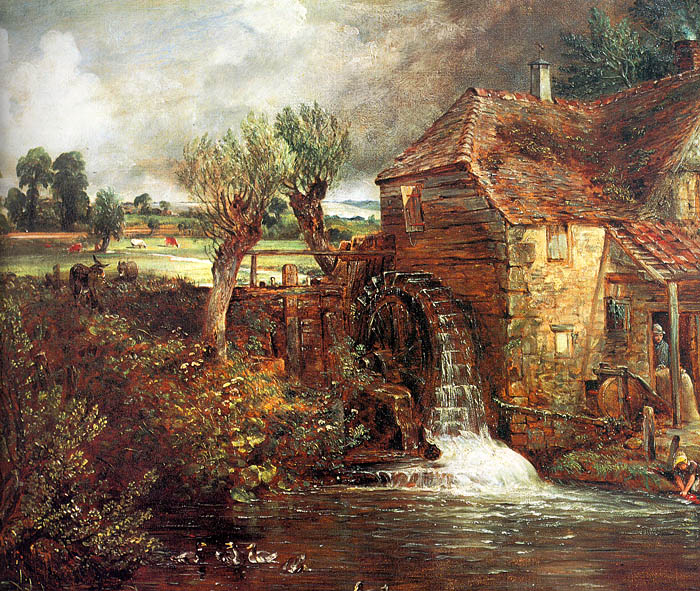This winter, Sotheby’s London will present a recently rediscovered landscape by the British artist which is without question one of the most exciting and important additions to Constable’s creation to have emerged in the last fifty years. Painted between 1814 and 1817, Dedham Vale with the River Stour in Flood belongs to a small group of Constable’s early Suffolk paintings remaining in private hands. The work will be offered in Sotheby’s Old Masters Evening sale on 6 December, with an estimate of £2-3 million.

Julian Gascoigne, Senior Specialist, British Paintings at Sotheby’s said: “Constable’s views of Dedham Vale and the Stour valley have become icons of British art and define for many everything that is quintessential about the English countryside.”

Constable is famous for his landscapes, which are mostly of the Suffolk countryside, where he was born and lived. He made many open-air sketches, using these as a basis for his large exhibition paintings, which were worked up in the studio. His pictures are extremely popular today, but they were not particularly well received in England during his lifetime. He did, however, have considerable success in Paris.

His early style has many of the qualities associated with his mature work, including a freshness of light, color, and touch, and reveals the compositional influence of the Old Masters he had studied, notably of Claude Lorrain. Constable’s usual subjects, scenes of ordinary daily life, were unfashionable in an age that looked for more romantic visions of wild landscapes and ruins. He did, however, make occasional trips further afield. For example, in 1803 he spent almost a month aboard the East Indiaman ship Coutts as it visited south-east coastal ports, and in 1806 he undertook a two-month tour of the Lake District. But he told his friend and biographer Charles Leslie that the solitude of the mountains oppressed his spirits;

John Constable · 1826
Leslie went on to write: “His nature was peculiarly social and could not feel satisfied with scenery, however grand in itself, that did not abound in human associations. He required villages, churches, farmhouses, and cottages.”

























